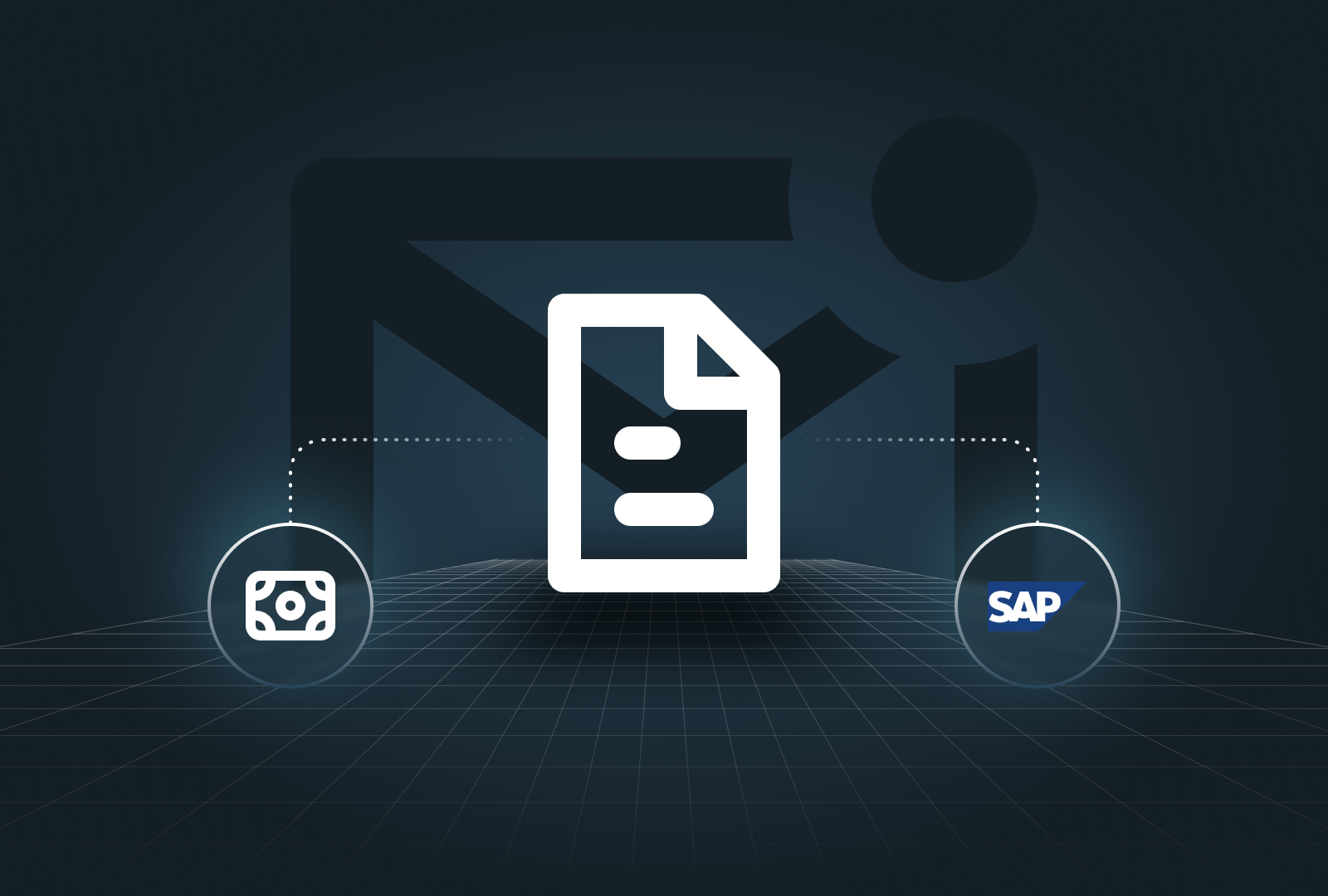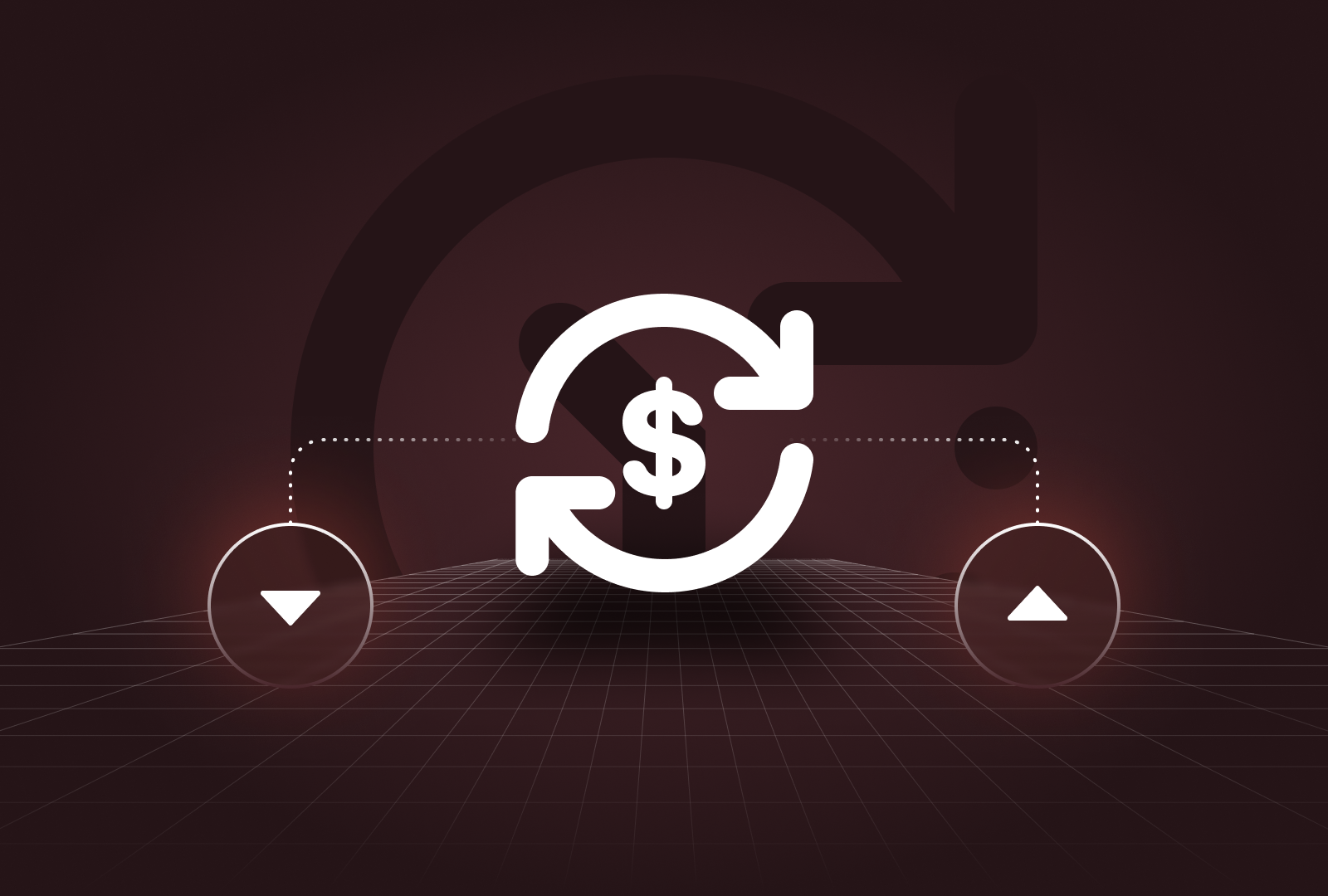The way companies deal with their financial transactions and activities is being transformed by payment automation. In a broader sense, payment automation represents a shift from manual, time- and labor-intensive processes to more efficient, automated workflows. What’s in it for businesses that decide to utilize payment automation in their daily financial management? In short, they will achieve faster payment processing, reduce errors, and improve general operational efficiency. Here, we are going to cover key advantages, technologies, and, finally, future trends in the field of payment automation. Additionally, we are also going to explore how Payflows’ solutions can improve your payment processes.
What Is Payment Automation?
Definition and Overview
Payment automation refers to the practice of managing and executing payment processes with the assistance of technology, or, to put it differently, without manual intervention. Invoice approvement, payment scheduling, and funds transfers — all these tasks are automated, with the goal of making the payment cycle faster, more efficient, and error-free.
Why Businesses Need Payment Automation
Implementing a payment automation system in a company’s financial workflows will reduce operational bottlenecks and ensure that payments are processed within deadlines. In traditional contexts, manual payment processes have often resulted in delays, errors, and higher costs due to different kinds of inefficiencies. But automation can easily address all these issues. Payment automation, in short, streamlines workflows while ensuring payments are processed both accurately and timely.
Key Benefits of Payment Automation
Speed and Accuracy in Payment Processing
Probably the most overt advantage of payment automation is the increase in processing speed. This means that payments are executed rapidly, delays are minimized, and the accuracy of transactions is improved. All of this guarantees that vendors and suppliers will be paid on time, which is beneficial in the context of strengthening business relationships.
Improved Financial Control and Visibility
Utilizing payment automation software is also useful for companies that want better oversight of their financial activities. For instance, finance teams can easily monitor cash flow and detect potential issues very early on. As a result, financial teams not only have better control over financial processes but also have a more solid base for informed decision-making.
Cost Savings and Operational Efficiency
Finally, implementing payment automation will cut down labor costs, as the need for manual workload is significantly reduced. Also, by streamlining processes, financial teams can shift their efforts to tasks of greater importance. And, of course, the reduction in errors results in fewer financial losses and improved operational performance.
Technologies Behind Payment Automation
Payment Automation Protocols: EBICS, SWIFT, and More
Protocols such as EBICS, SWIFT, and others are used for automating payments on a global level. These are essentially security systems, and they ensure safe communication between banks and companies — the basis of seamless payment processing. Automation of international and domestic transactions is unimaginable without the use of these protocols.
Cloud-Based Payment Solutions
The biggest advantage of cloud-based solutions is their flexibility and easy accessibility. In other words, when using cloud-based payment solutions, companies can manage their payments from anywhere — the only prerequisite is the availability of an Internet connection. They also provide scalability and automated updates. Finally, they are useful in the context of collaboration across teams and can easily integrate with other financial systems.
Artificial Intelligence and Machine Learning
The role of AI and machine learning in payment automation is primarily focused on predicting trends and detecting anomalies. These technologies use past data as analytical material and improve the accuracy of payment processing, which ultimately leads to smarter workflows and more effective handling of large volumes of transactions.
For example, Payflows’ AI Risk Detector solution allows companies to stay ahead of potential risks — regarding financial process or compliance — by issuing real-time alerts. Detecting a non-compliant vendor, flagging potential liquidity traps, or anticipating contract renewals — these are just some of the things it can do.
Integration with ERP and TMS Systems
Typically, modern payment automation software integrates easily with ERP and TMS systems. This, in turn, sustains data consistency, thanks to real-time data across financial systems. The integration, at a more general level, also supports streamlined workflows and leads to more accurate financial reporting.
How Payment Automation Improves Security
Reducing Payment Fraud and Errors While Strengthening Compliance
As automated systems utilize multi-level authentication and monitoring, the probability of financial fraud is minimal. Typically, it is advanced algorithms that detect unusual patterns and then flag suspicious activities, making them immediately visible to financial teams. And thanks to the automated system of checks and balances, compliance with regulations is improved too.
Ensuring Secure Payment Automation: The Role of Protocols, Encryption, and Data Security
When it comes to protecting sensitive financial data, security protocols and encryption are crucial. Essentially, payment automation software relies on advanced encryption to secure transactions, which minimizes the risk of data breaches while ensuring compliance with data protection standards at the same time.
How Payflows Optimizes Payment Automation
Streamlining Payment Approvals with Payflows’ TMS
By using multi-protocol banking connectivity — including EBICS TS, SWIFT, and APIs — Payflows’ TMS simplifies the payment approval process. The software synchronizes with ERP systems and automates workflows, reducing manual interventions in the process. As a result, payment cycles become faster, while data flow across financial accounts and PSPs becomes more efficient and smoother.
Direct Payment Execution with Payflows
Another great advantage of using Payflows’ TMS is that it provides companies with the ability to execute any payment directly from the platform. In other words, there’s no need to log into separate banking portals. In practice, for instance, this means that a multinational corporation can handle both cross-border transactions and local vendor payments from a single dashboard. This consolidation of payment processes within one system improves security and data accuracy and serves as a backbone for proactive cash flow management.
Real-Time Insights and Payment Tracking
The software also provides real-time insights. This is achieved through automated data synchronization and reporting, allowing finance teams to gain immediate visibility into payment statuses. Not only is this essential for proactive cash flow management, but it also represents the basis for data-driven decision-making.
The Future of Payment Automation
The Growing Importance of Automation in Payments
As technology — most notably AI — continues to evolve, payment automation will become even more important for businesses. It ensures faster, more accurate, and more secure payment processing. Embracing these solutions will help companies stay competitive and, perhaps equally important, responsive in the contemporary fast-paced and complex financial landscape.
Scalability Through Payment Automation
Payment automation is proving to be exceptionally useful in the context of scalability as well, meaning that companies can easily handle increasing transaction volumes as they grow. Let’s say a company is expanding into new markets. Obviously, there will be many payment processes for new suppliers, but thanks to automation, these can be handled without adding to the manual workload. In short, growing levels of financial complexity do not automatically translate to knotty workflows. On the contrary — payment automation supports sustainable growth while maintaining operational efficiency at the same time.
Why Investing in Payment Automation Tools like Payflows Is Critical
Investing in advanced payment automation solutions like Payflows is the cornerstone of future growth and long-term efficiency for companies. Integration is key here, as such platforms provide automation, real-time insights, and secure payment protocols all at once. For companies trying to optimize payments and improve financial operations, these tools are proving themselves to be essential.






.png)





.png)



